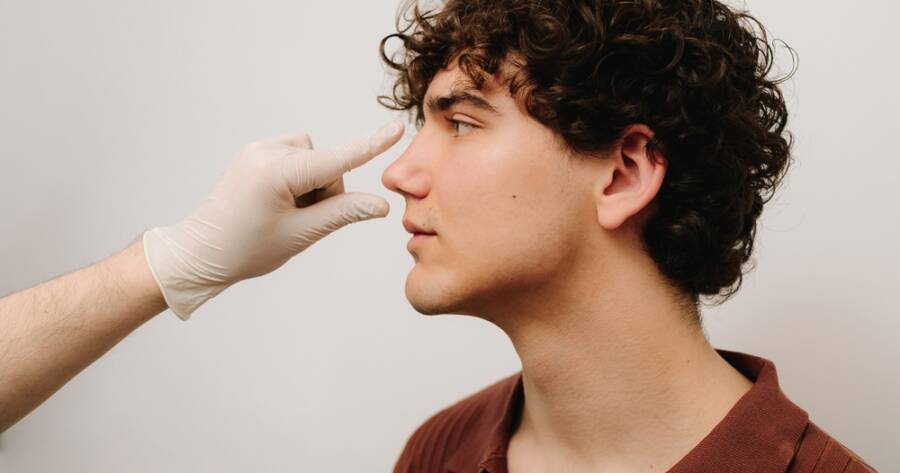Rhinoplasty, commonly referred to as a nose job, is a surgical procedure designed to reshape or reconstruct the nose for cosmetic or medical reasons. It is one of the most popular plastic surgeries worldwide, sought after by individuals who want to enhance their facial symmetry or correct breathing difficulties. Whether performed for aesthetic improvement or functional correction, rhinoplasty can have a significant impact on a person’s confidence and overall quality of life.
Types of Rhinoplasty
There are different types of rhinoplasty procedures based on the patient’s needs and goals:
1. Cosmetic Rhinoplasty
This procedure is performed to enhance the appearance of the nose. It can involve:
- Reducing or increasing nose size
- Refining the nasal tip
- Narrowing or reshaping nostrils
- Smoothing out bumps or humps on the bridge
2. Functional Rhinoplasty
This type of rhinoplasty is done to improve nasal function, particularly for individuals with breathing difficulties. Common reasons include:
- Deviated septum correction (septoplasty)
- Repairing nasal damage from injury or trauma
- Enlarged turbinates that obstruct airflow
3. Revision Rhinoplasty
Some patients require a secondary surgery to correct issues from a previous rhinoplasty or to refine the results further. This procedure is often more complex due to scar tissue and structural changes.
4. Non-Surgical Rhinoplasty
For those looking for minor adjustments, dermal fillers can be used to reshape the nose without surgery. This is a temporary solution that lasts between 6 months to 2 years.
Who Is a Good Candidate for Rhinoplasty?
Not everyone is an ideal candidate for rhinoplasty. The best candidates typically:
- Are in good overall health
- Have fully developed nasal structures (typically after age 16-18)
- Have realistic expectations about the outcome
- Seek the procedure for personal reasons rather than external pressure
A consultation with a board-certified plastic surgeon is essential to determine suitability and discuss goals.
The Rhinoplasty Procedure
1. Consultation and Planning
The surgeon evaluates the nasal structure, facial proportions, and breathing function before recommending a surgical plan. Advanced imaging may be used to preview possible outcomes.
2. Surgery
- Open Rhinoplasty – A small incision is made under the nose, allowing for greater precision in reshaping the nasal structures.
- Closed Rhinoplasty – All incisions are made inside the nostrils, leading to no visible scars and a shorter recovery time.
The procedure typically lasts 1-3 hours, depending on complexity.
Recovery and Aftercare
- Swelling and bruising are common for the first 1-2 weeks.
- Nasal congestion and mild discomfort may occur but subside gradually.
- Full results become visible after 6 months to a year as swelling completely resolves.
Potential Risks and Considerations
As with any surgical procedure, rhinoplasty comes with potential risks that should be carefully considered. Common risks include swelling, bruising, infection, and temporary breathing difficulties. In some cases, patients may experience asymmetry or dissatisfaction with the final results, requiring a revision procedure.
Additionally, healing time varies from person to person, and it may take up to a year for the nose to fully settle into its new shape. Choosing a highly experienced and board-certified plastic surgeon is essential to minimizing risks and achieving the best possible outcome. Patients should have open discussions with their surgeon about expectations, potential complications, and the recovery process before making a final decision.
Making an Informed Decision for a Successful Rhinoplasty
Rhinoplasty is a transformational procedure that can enhance both aesthetics and function. Whether for cosmetic refinement or medical necessity, a carefully planned and well-executed rhinoplasty can significantly improve a person’s confidence and breathing. Consulting an experienced plastic surgeon is the first step toward achieving a balanced and natural-looking nose that complements the rest of the face.





